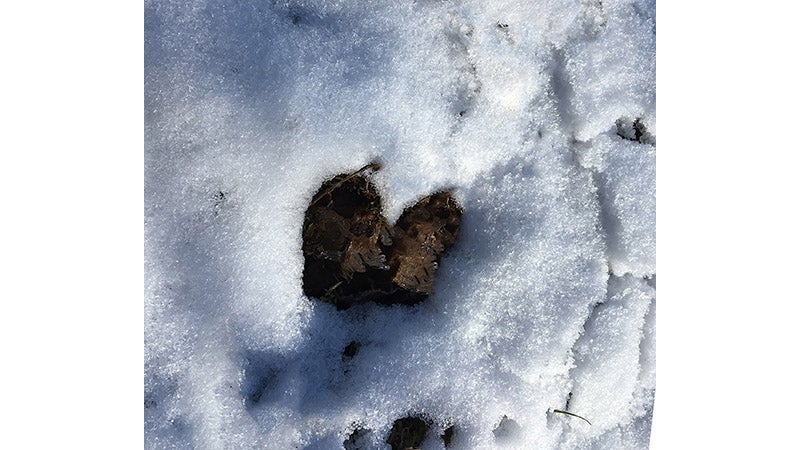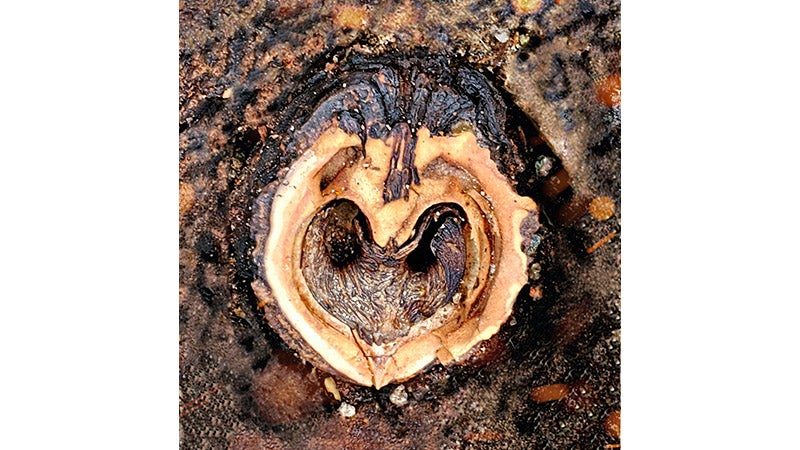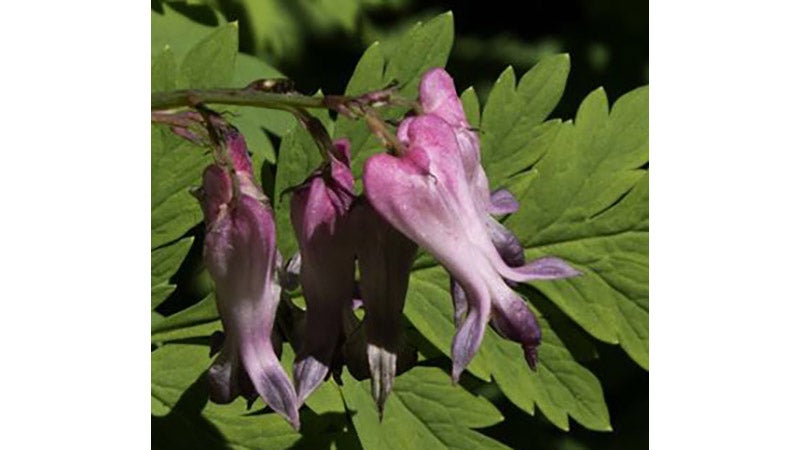Nature provides its own valentines
Published 6:00 am Friday, February 12, 2021
|
Getting your Trinity Audio player ready...
|
According to the calendar, it’s the shortest month, but, in reality, it never seems to end.
February is fickle. It can be cold, wet and snowy or it can be mild and adorned with early blooming flowers. There’s nothing lovelier that a common blue violet in February. Sometimes February offers a little of everything, keeping us off balance from one day to the next.
February also brings Valentine’s Day with sappy cards, heart-shaped candies, dinner in expensive restaurants and maybe even messages from secret admirers. While fun, it can all be a bit overwhelming.
What to do? Take a stroll through the woods and look for Mother Nature’s hidden valentine’s treasures.
If there’s been snow and ice, look for small holes where there has been melting. It’s not unusual to find one that’s more or less heart shaped. And if you explore a swampy area, you just might find some skunk cabbages. They’re thermogenic and capable of melting snow and ice into fantastical shapes, including hearts.
Wander around a stream and you’ll probably find Virginia heartleaf growing on the banks. It’s a low growing evergreen plant that has heart-shaped leaves mottled with cream. The leaves are two to three inches across and smell like ginger when crushed. In spring, Virginia heartleaf produces half-inch wide reddish-brown flowers at ground level. They’re often hidden by leaf litter and can be difficult to find. Virginia heartleaf is an excellent addition to shady, acidic areas of the home garden.
Our native black walnut tree is famous for both its dark wood and nuts. Technically, this tree doesn’t produce nuts but drupes, or fruits with spicy, scented husks. Remove the husks, and there are very hard, black “nuts” inside that are very difficult to crack. If split in half, however, the “nuts” reveal a heart-shaped interior filled with a delicious, high protein meat. Black walnut trees can live for more than 100 years. There is conflicting research as to whether the black walnut poisons surrounding plants. Even Pliny the Elder thought that it did. So, perhaps a poison valentine for other plants.
In spring, you may be lucky enough to find wild bleeding heart in the mountains. It’s a native perennial with finely cut, fern-like, blue-green foliage. In late spring, it produces long stems of pink, heart-shaped, pendulous flowers. Small, dark, protruding petals at the base of each flower look like tiny drops of blood, hence the common name bleeding heart. The fringed bleeding heart appears too late for Valentine’s Day but serves as a reminder of past romantic celebrations.
Mother Nature’s garden has some fantastic valentines; we just need to take time to search for them. Happy Valentine’s Day!
DR. CYNTHIA WOOD is a master gardener who writes two columns for The Herald. Her email address is cynthia.crewe23930@gmail.com.







